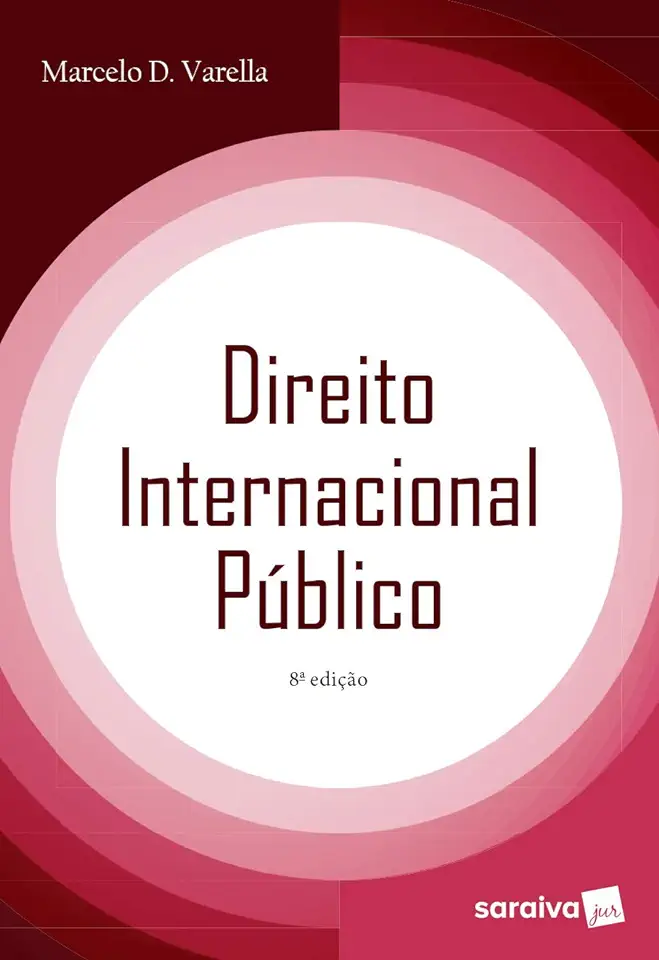
Public International Law - VARELLA, MARCELO DIAS
Public International Law: A Comprehensive and Engaging Guide to the Complex World of International Law
Introduction: Understanding the Significance of Public International Law
In today's interconnected and globalized world, understanding the intricacies of public international law is of paramount importance. This comprehensive and engaging book by Marcelo Dias Varella provides a thorough exploration of the principles, institutions, and practices that govern the interactions between nations and other entities in the international arena.
Key Features:
- Comprehensive Coverage: This book covers a wide range of topics, including the sources of international law, statehood, jurisdiction, human rights, international organizations, and dispute resolution.
- Clear and Accessible Language: Varella presents complex legal concepts in a clear and accessible manner, making this book suitable for both students and practitioners of international law.
- Real-World Examples: The book is enriched with real-world examples and case studies, illustrating how international law principles are applied in practice.
- Up-to-Date Analysis: The book incorporates the latest developments in international law, including recent case law and treaty developments.
Chapter Summaries:
Chapter 1: Introduction to Public International Law
- Provides an overview of the nature, scope, and importance of public international law.
- Discusses the relationship between international law and domestic law.
Chapter 2: Sources of International Law
- Examines the various sources of international law, including treaties, customary international law, general principles of law, and judicial decisions.
- Explains the process of treaty formation and interpretation.
Chapter 3: Statehood and Recognition
- Explores the concept of statehood and the criteria for statehood under international law.
- Discusses the different forms of state recognition and their legal effects.
Chapter 4: Jurisdiction
- Examines the concept of jurisdiction and its various types, including territorial jurisdiction, personal jurisdiction, and extraterritorial jurisdiction.
- Analyzes the principles governing the exercise of jurisdiction by states.
Chapter 5: Human Rights
- Provides a comprehensive overview of international human rights law, including the major human rights treaties and their enforcement mechanisms.
- Discusses the concept of universal jurisdiction and the responsibility of states to protect human rights.
Chapter 6: International Organizations
- Examines the different types of international organizations and their role in international law.
- Discusses the legal personality, privileges, and immunities of international organizations.
Chapter 7: Dispute Resolution
- Explores the various methods of dispute resolution in international law, including negotiation, mediation, arbitration, and adjudication.
- Analyzes the jurisdiction and procedure of the International Court of Justice.
Conclusion: A Must-Have Resource for Understanding Public International Law
"Public International Law" by Marcelo Dias Varella is an essential resource for anyone seeking a comprehensive and engaging introduction to this complex and fascinating field. With its clear and accessible language, real-world examples, and up-to-date analysis, this book is a must-have for students, practitioners, and anyone interested in understanding the intricate web of laws that govern the international community.
Enjoyed the summary? Discover all the details and take your reading to the next level — [click here to view the book on Amazon!]